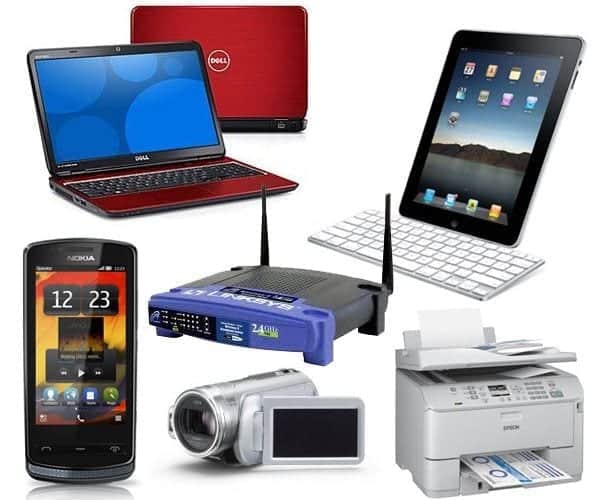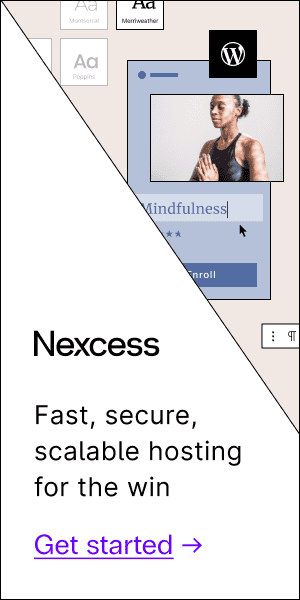Every day, millions rely on mobile devices, laptops, and online platforms to navigate work, communicate, and unwind. While technology offers convenience, its complexity often overwhelms users with constant updates, slowdowns, and cluttered storage.
Whether you’re juggling software tools, comparing phone features, or managing your wireless network, understanding how to optimize your digital environment can save time and boost performance.
To take a quick break from the tech world and dive into something equally thrilling yet refreshing, click here for an interactive experience designed for short bursts of excitement whenever you need a change of pace.
How to Improve Device Performance Without Replacing Your Hardware
Buying a new gadget isn’t always the answer when performance lags. Often, a few strategic tweaks can dramatically extend the usability of your current setup.
Updating your operating system regularly ensures compatibility with modern apps and patches potential security vulnerabilities. Still, that alone won’t fix performance bottlenecks. Removing unused applications and disabling unnecessary startup programs are more effective for speeding up boot times and improving responsiveness.
Laptops benefit significantly from simple maintenance tasks:
- Clearing temporary files and cache
- Running built-in optimization tools
- Defragmenting mechanical drives (skip this for SSDs)
Phones, whether Android or iOS, often struggle with storage. Transferring photos to cloud platforms and uninstalling redundant apps can free up valuable space. Regularly rebooting your phone also helps refresh background services that slow down your device over time.
Essential Software Every User Should Know About
The right software can streamline daily workflows and boost productivity without overwhelming your device.
Must-Have Apps for Every Laptop or Desktop
A few universal tools offer powerful capabilities regardless of your operating system:
- LibreOffice or Google Docs for word processing and spreadsheets
- VLC Media Player for flexible media playback
- 7-Zip or WinRAR for managing compressed files
- Malwarebytes for additional security beyond the default antivirus
These lightweight programs cover most basic needs while avoiding bloat. Choosing open-source or cloud-based versions also reduces system load and offers cross-platform compatibility.
Mobile Tools Worth Downloading
Smartphones are capable of far more than social media and texting. Consider apps that:
- Manage your finances (like Mint or PocketGuard)
- Scan and edit PDFs (such as Adobe Scan)
- Monitor data usage and optimize battery life
Using fewer, more powerful apps conserves memory and makes your phone interface easier to navigate.
Making the Most of Your Internet Connection
Slow connections and inconsistent bandwidth can ruin streaming, video calls, and online gameplay. But boosting speed doesn’t always mean upgrading your plan.
Positioning your router centrally and away from walls or electronics reduces signal interference. Switching to a 5GHz network can also provide faster speeds in shorter ranges. For households with multiple users, managing connected devices and setting bandwidth priorities ensures critical applications like video conferencing aren’t interrupted.
Helpful Tools to Monitor Connectivity
Various apps and browser extensions let you:
- Test real-time upload/download speeds
- Check for DNS leaks
- Measure ping and latency for gaming
Using tools like Speedtest by Ookla or NetSpot can pinpoint weak areas in your setup and help identify whether your ISP is delivering as promised.
Comparing Phones and Laptops Based on Real Needs
Before upgrading to the latest device, define what you need it to do. Marketing pushes cutting-edge specs, but those aren’t always necessary for everyday users.
When to Upgrade Your Phone
If your current device:
- No longer receives security updates
- Can’t hold a charge for more than a few hours
- Lags frequently despite resets
…it may be time to consider a newer model. Focus on battery life, camera quality, and durability over minor processing boosts unless you run resource-heavy apps.
Choosing the Right Laptop for Work or Study
Buyers often overlook essential factors like keyboard comfort, screen resolution, and port availability. Decide if you need a high-powered processor or a lightweight machine with long battery life. For students, Chromebooks or entry-level MacBooks can be sufficient. For professionals working with media or large datasets, opt for systems with dedicated GPUs and ample RAM.
Keeping Your Digital Ecosystem Secure
Strong security habits protect your identity and data across platforms. Avoid using the same password for multiple accounts and always enable two-factor authentication where possible.
Installing a password manager, using a VPN on public Wi-Fi, and keeping backup copies of sensitive documents are easy yet effective safety measures. Awareness and consistency are your best allies in the battle against malware, phishing, and data breaches.
Final Thoughts: Balance, Simplicity, and Smart Use
Technology should support your lifestyle—not complicate it. Taking the time to review your devices, applications, and internet setup leads to smoother daily experiences. From cleaning out digital clutter to adjusting hardware settings, small actions can yield big benefits.
Whether you’re editing spreadsheets, streaming content, or exploring new entertainment options, an optimized digital space makes it all more enjoyable.







